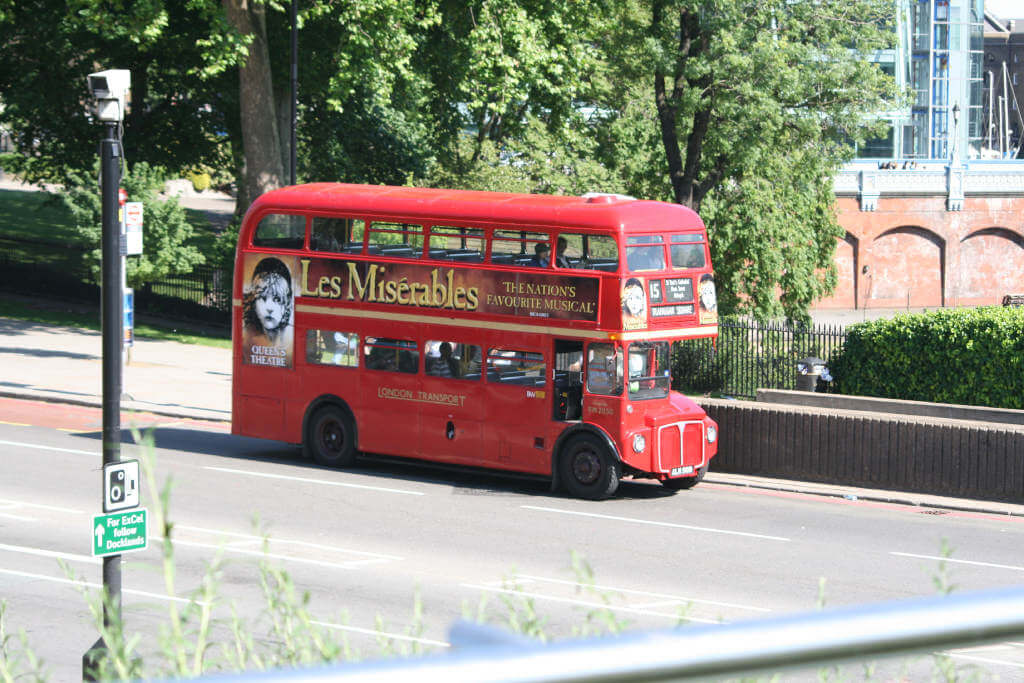
Our industry insider questions a series of political decisions relating to buses and coaches and argues that most accidents are caused by drivers – not their vehicles
In my last article, I illustrated the dreadful state that Wellington’s bus network in New Zealand had descended into, courtesy of it being left in the hands of politicians and consultants to control, arguing that operators and customers have a much more effective pivotal and positive role in the design, organisation and operation of a network.
[…]
By subscribing you will benefit from:
- Operator & Supplier Profiles
- Face-to-Face Interviews
- Lastest News
- Test Drives and Reviews
- Legal Updates
- Route Focus
- Industry Insider Opinions
- Passenger Perspective
- Vehicle Launches
- and much more!


